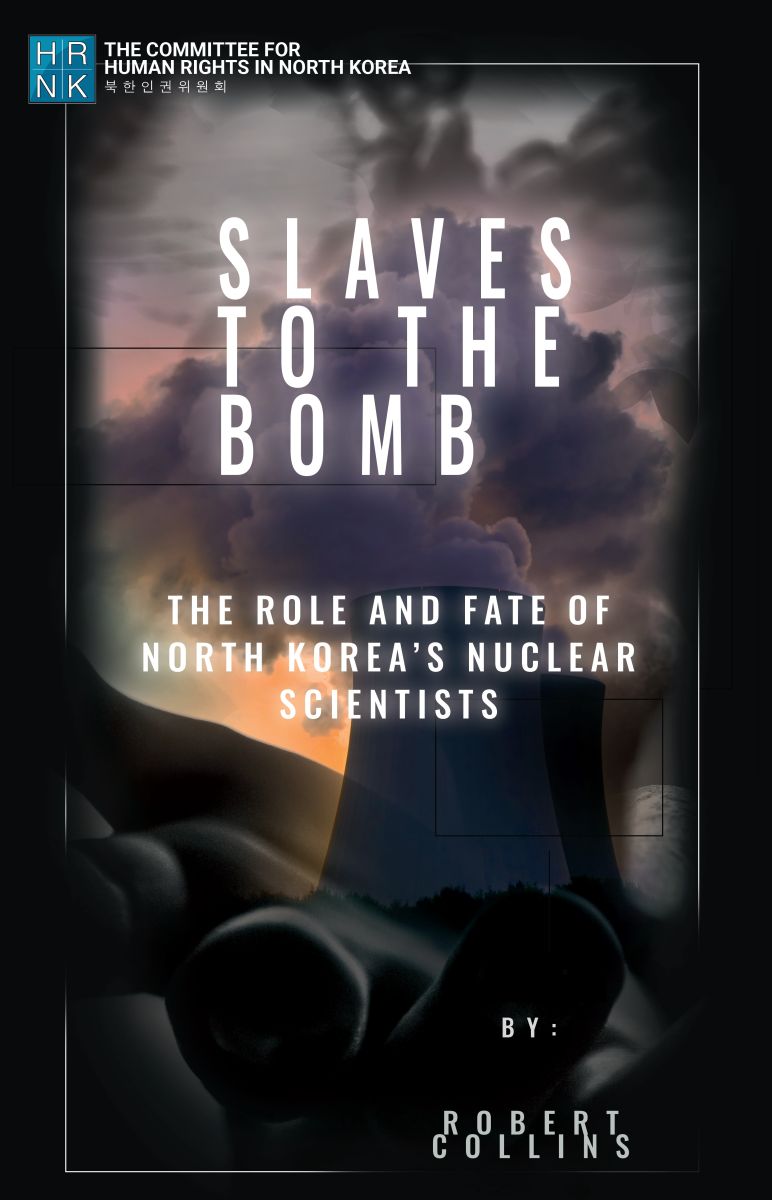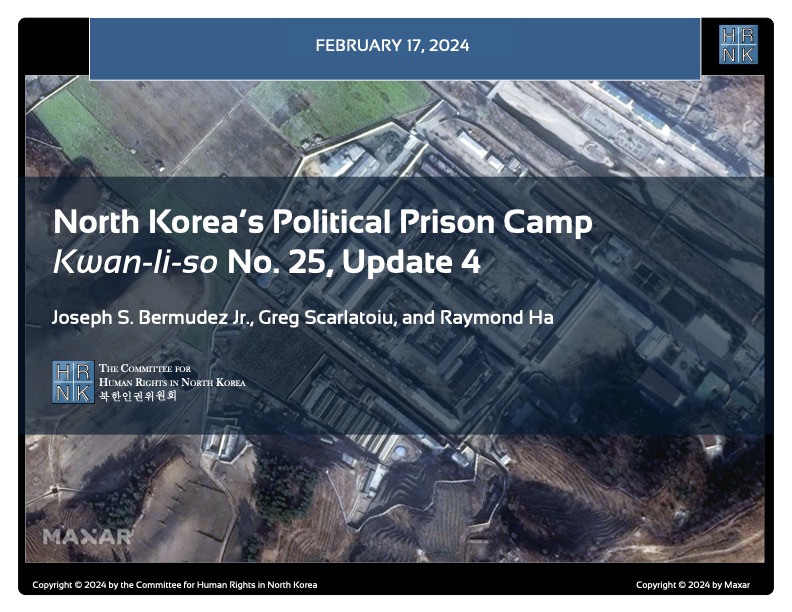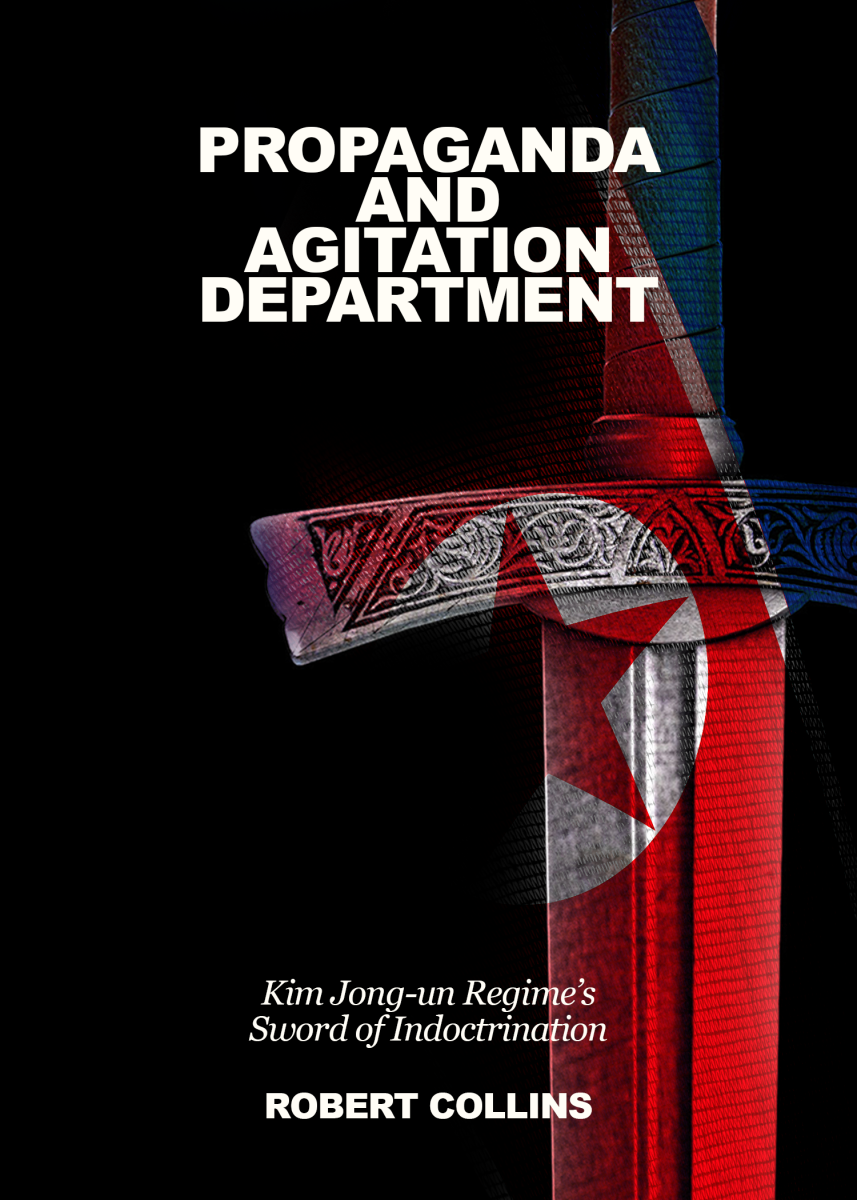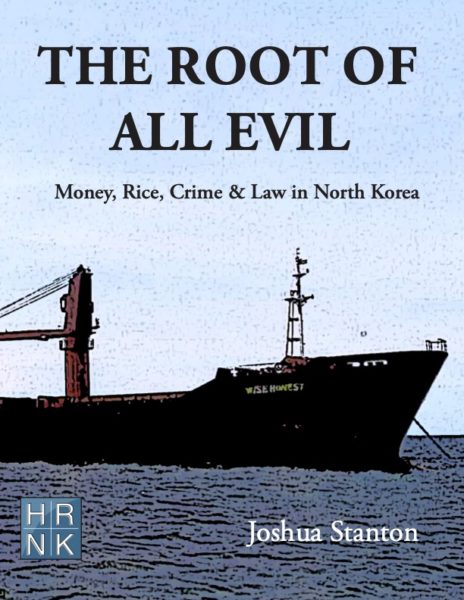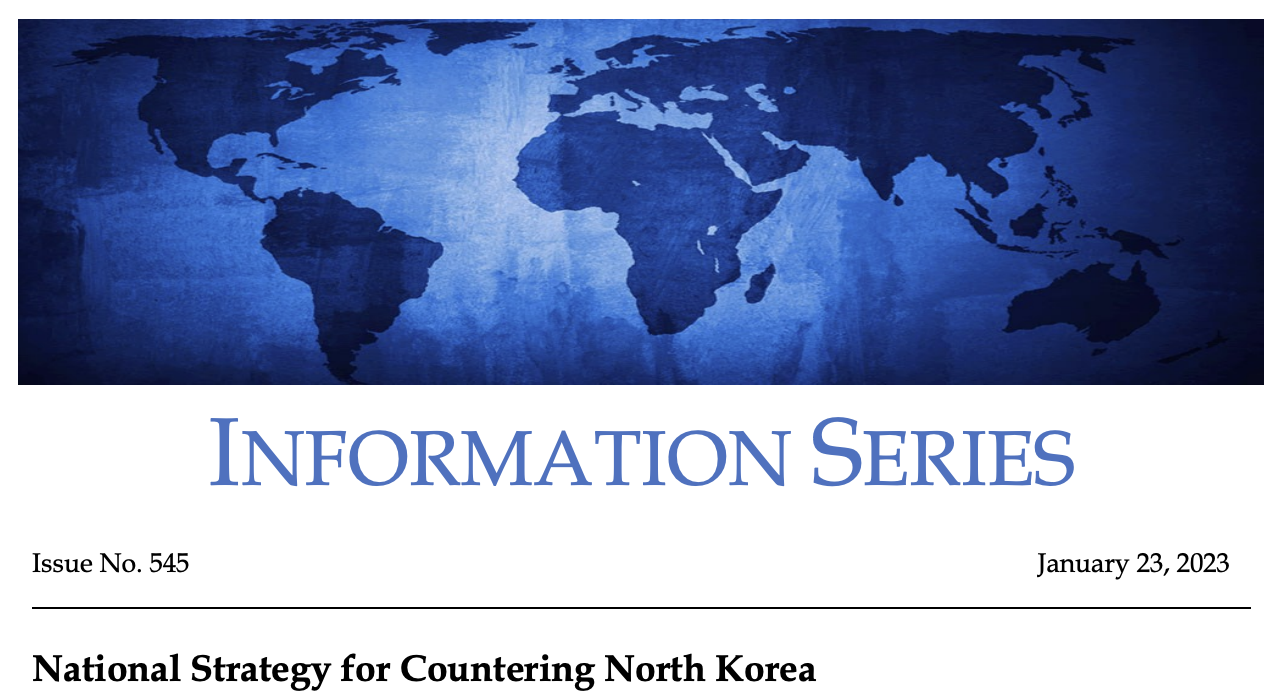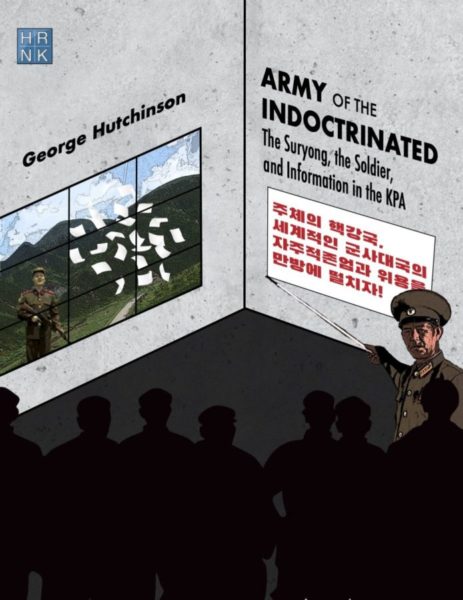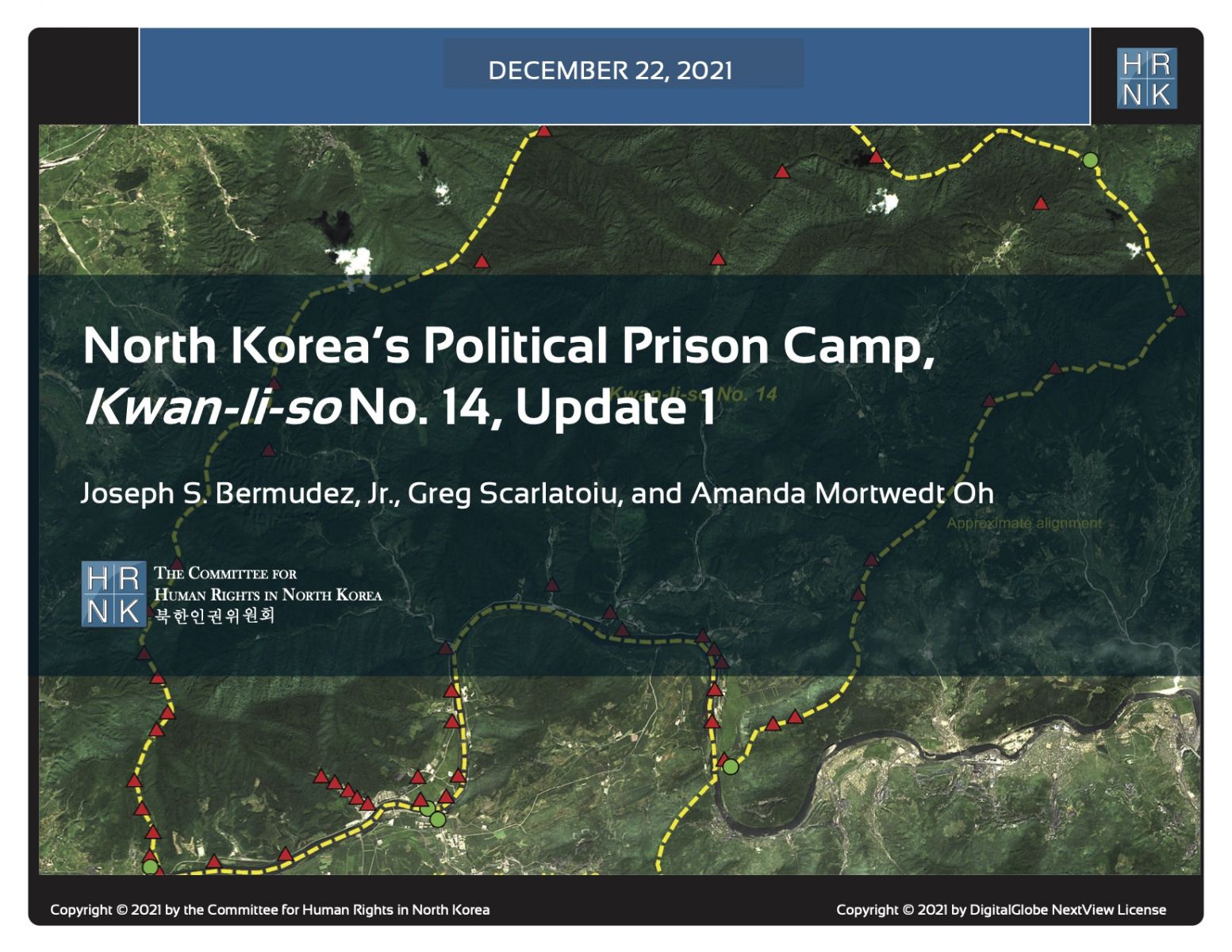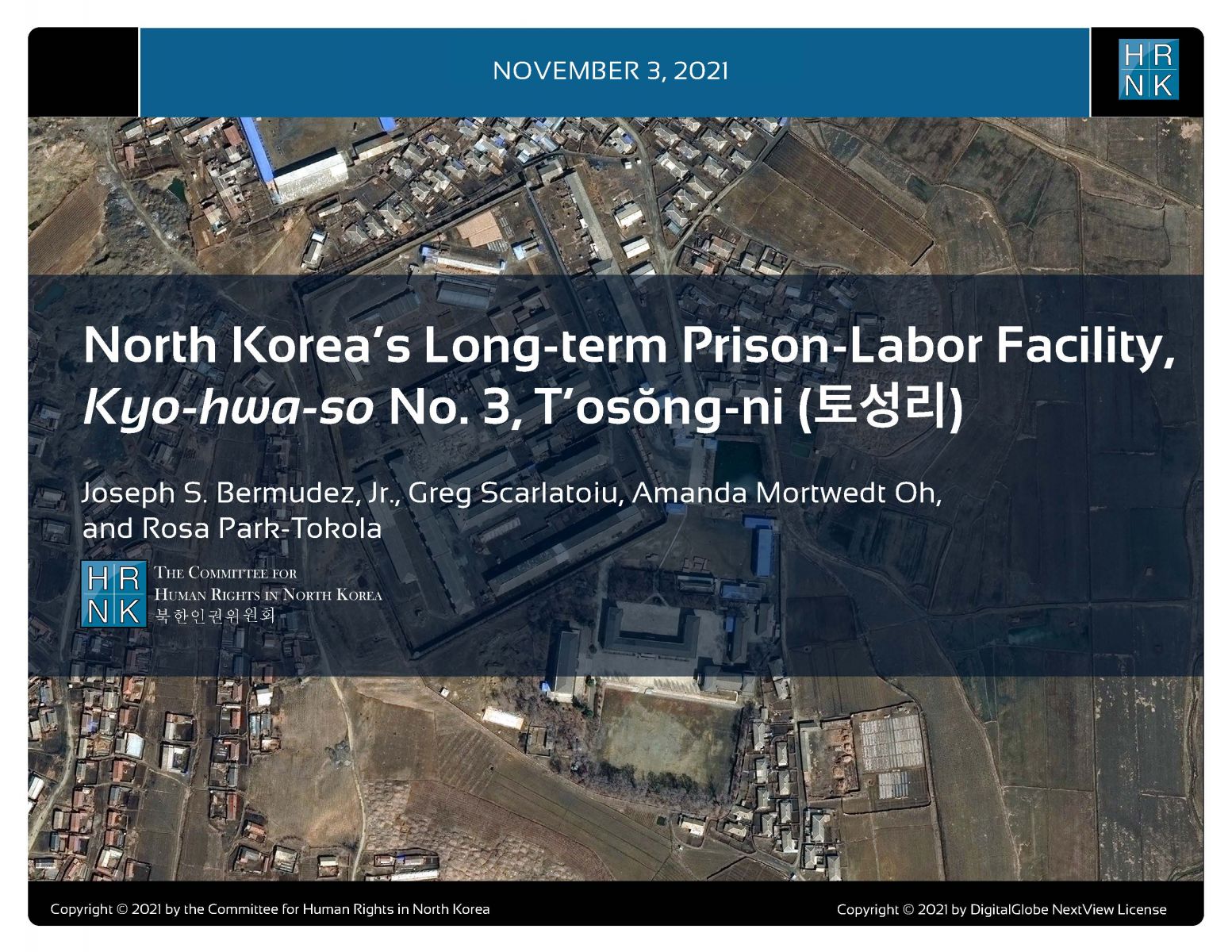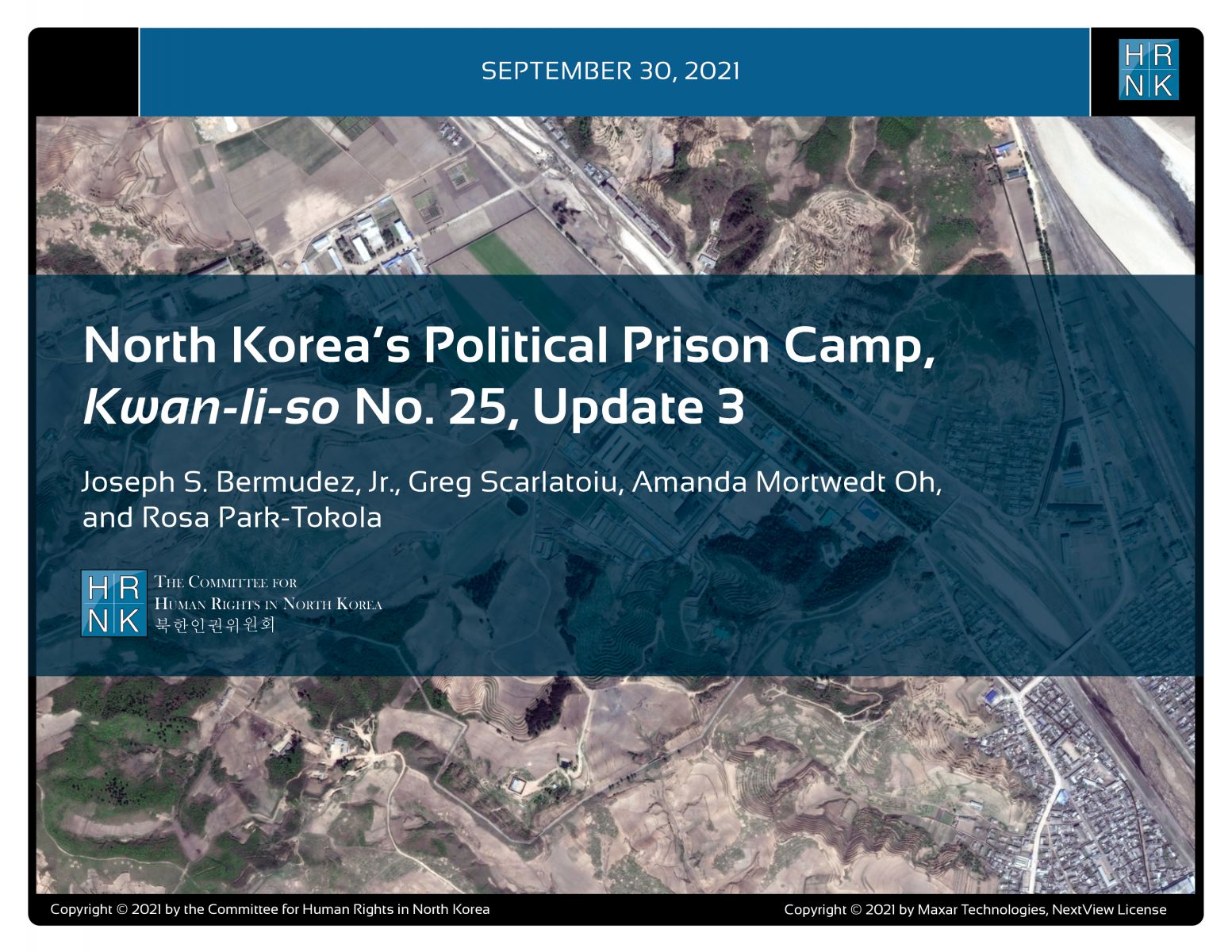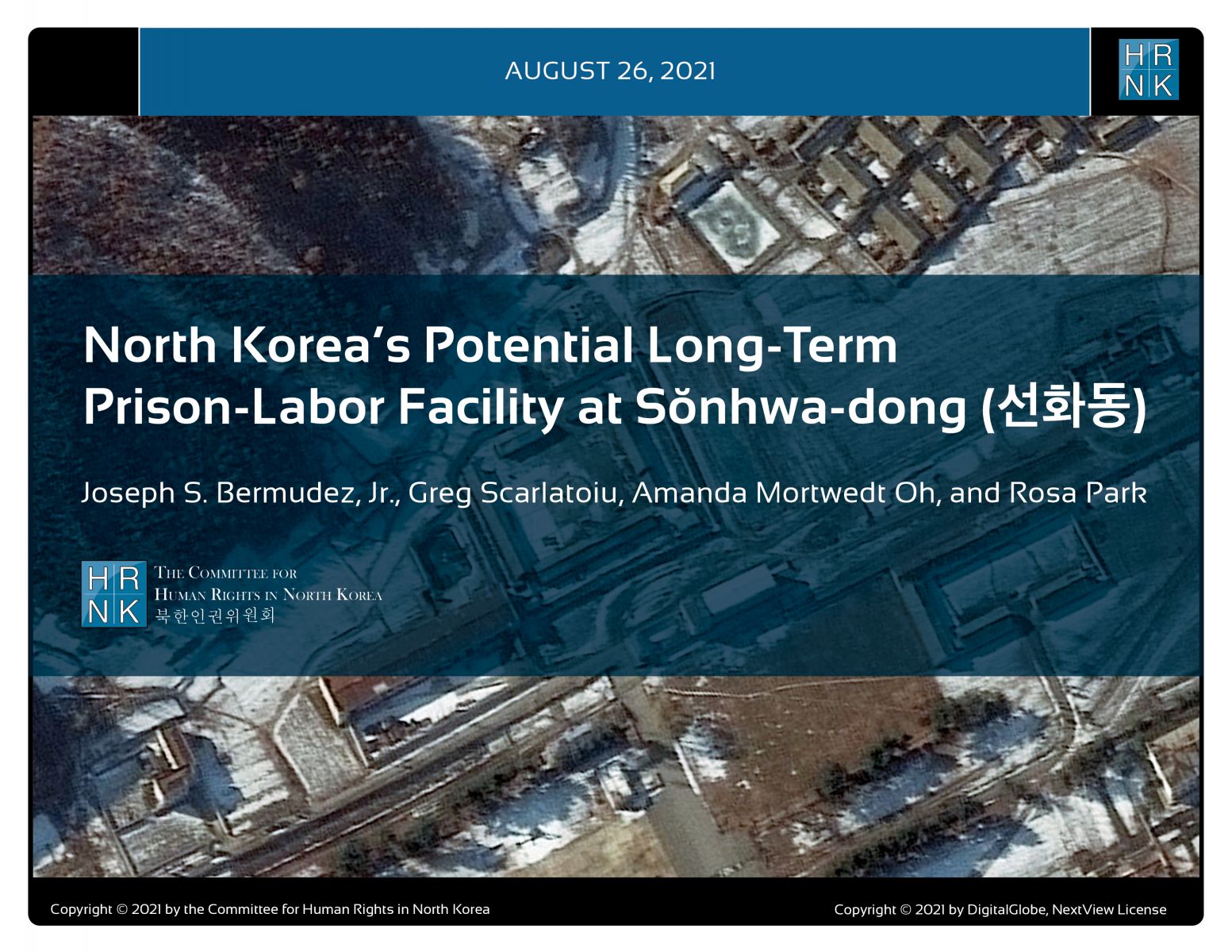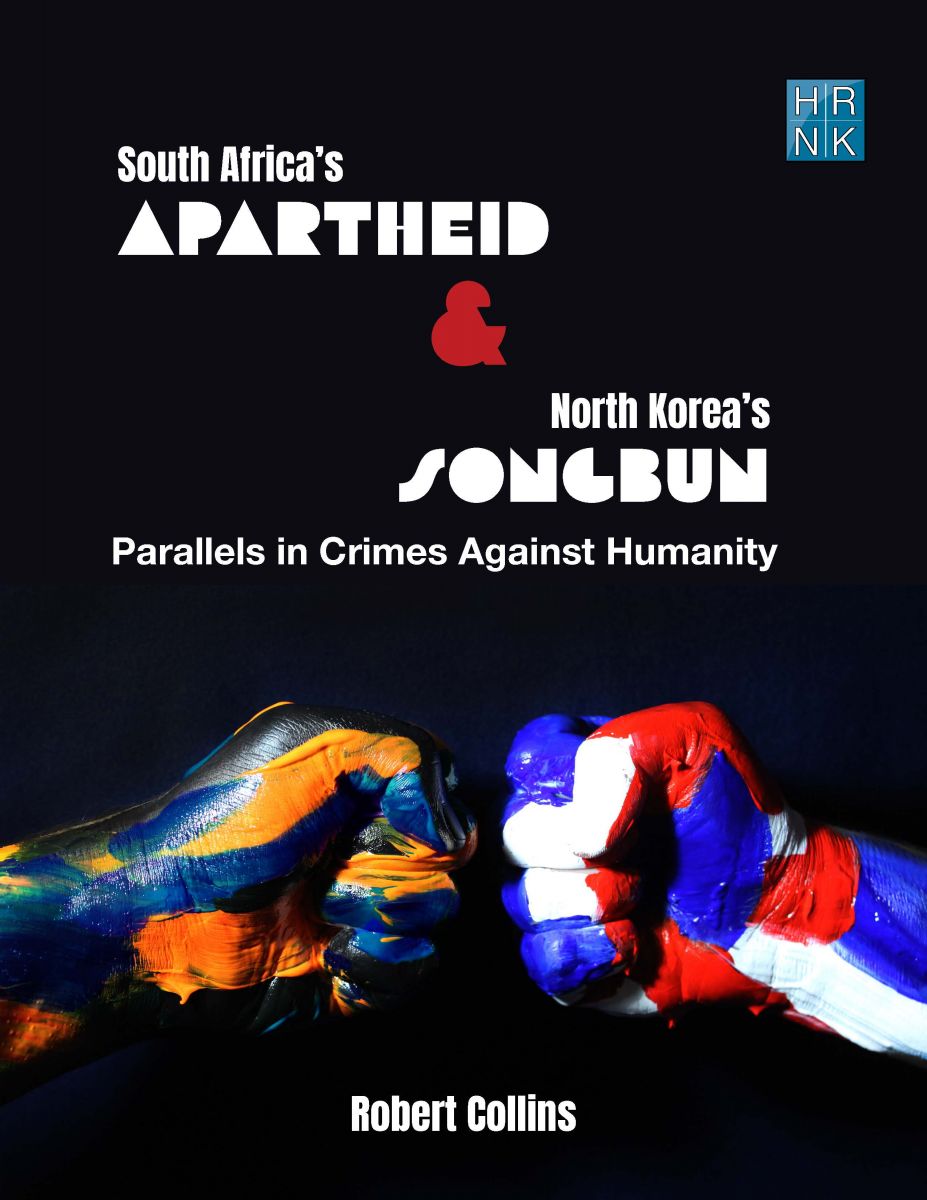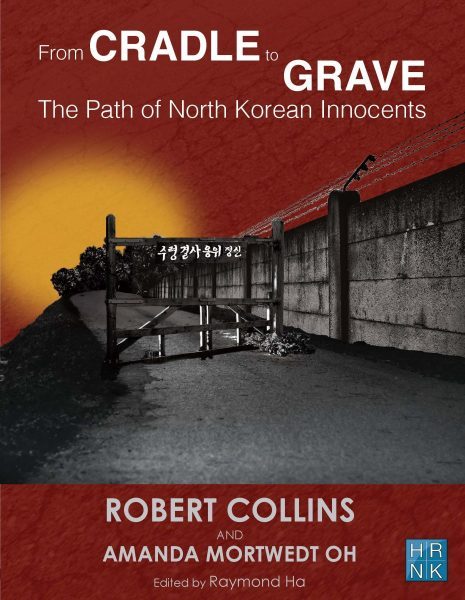
From Cradle to Grave: The Path of North Korean Innocents
Robert Collins and Amanda Mortwedt Oh
Nov 13, 2017
This paper draws on existing research and Robert Collins’ previous work to explain the ideological basis and institutional structure of the Kim regime’s rule of terror, with an emphasis on the political prison camps. It is intended to provide a brief overview of how North Korea’s party-state controls every individual’s life from the cradle to the grave through relentless indoctrination, surveillance, and punishment. Specifically, it seeks to answer the following questions: What socio-political and legal dynamics shape an individual’s path to the political prison camps? How do North Koreans who are innocent beyond any reasonable doubt become criminals in the regime’s eyes? How do North Koreans who demonstrate loyalty to the Kim regime end up in an unmarked grave inside a political prison camp? Who makes these judgments, and who is responsible for enforcing them?
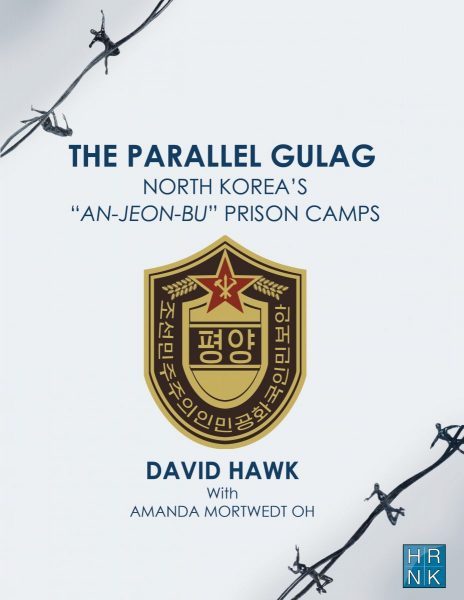
The Parallel Gulag: North Korea's
David Hawk with Amanda Mortwedt Oh
Oct 26, 2017
In this book, David Hawk provides never-before-seen imagery of labor re-education camps, both suspected and confirmed. He reveals a parallel network of prisons controlled by the DPRK’s Ministry of People’s Security (An-jeon-bu). These revelations suggest the imposition of degrees of suffering even more pervasive than the UN COI described in 2014. Although these labor camps might be described as “ordinary prisons”, there is nothing “ordinary” in the treatment of those incarcerated there. Differences in the treatment of prisoners and political detainees are often merely “matters of degree, not principle. Policies that combine forced labour with deliberate starvation, inadequate medical care and poor hygiene conditions cause the death of thousands of inmates annually.”
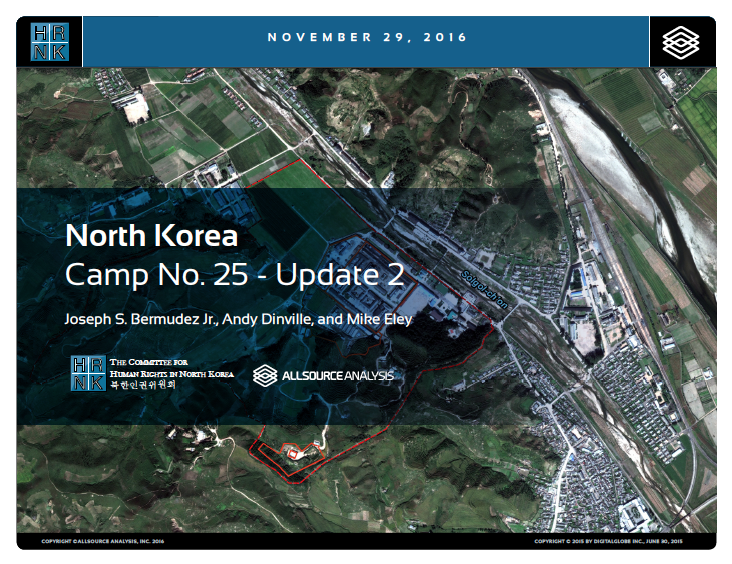
North Korea Camp No. 25 Update 2
Joseph S. Bermudez Jr., Andy Dinville, and Mike Eley
Nov 29, 2016
As part of a joint undertaking with HRNK to use satellite imagery to shed light on human suffering in the Democratic People’s Republic of Korea (DPRK, more commonly known as North Korea), AllSource Analysis has been monitoring activity at political prison facilities throughout North Korea. This report details activity observed during the past two years at the prison facility commonly identified as Camp No. 25, but also known as Kwanli-so No. 25, Political Prison Camp No. 25 or the Susŏng-dong Kyo-hwa-so, and updates HRNK’s February 2013 and June 2015 reports on the same subject.
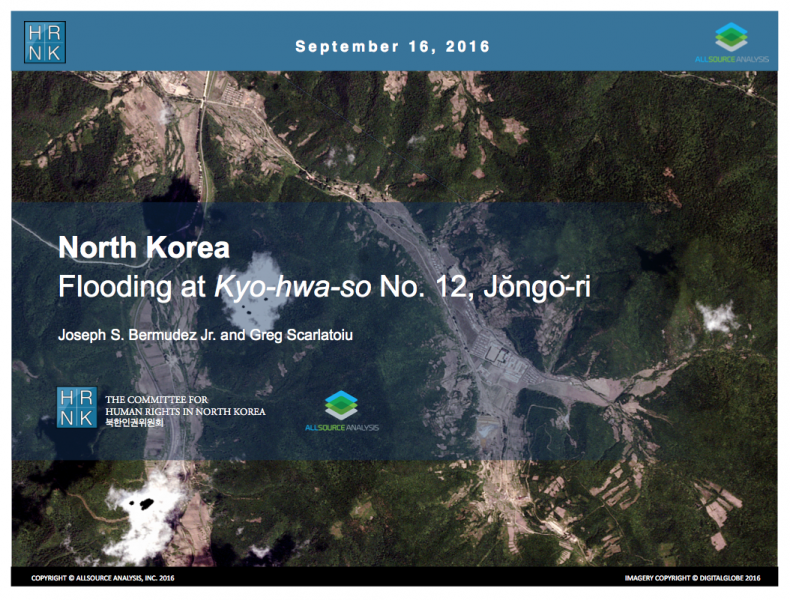
North Korea: Flooding at Kyo-hwa-so No. 12, Jongo-ri
Greg Scarlatoiu and Joseph S. Bermudez Jr.
Sep 16, 2016
The Committee for Human Rights in North Korea (HRNK), a non-governmental organization based in Washington, DC and AllSource Analysis, a leading global provider of high-resolution earth imagery solutions, have conducted a satellite imagery-based rapid assessment of flood damage at Kyo-hwa-so No. 12, Jongo-ri in Hamgyŏng-bukto, North Korea. Thousands of political prisoners are held in this re-education prison labor camp together with common offenders.
.png)
North Korea: Kyo-hwa-so No. 12, Jongo-ri
Joseph S. Bermudez Jr. and Mike Eley
Aug 30, 2016
The Committee for Human Rights in North Korea (HRNK), a non-governmental organization based in Washington, D.C. and AllSource Analysis, a leading global provider of high-resolution earth imagery solutions, have launched a report entitled North Korea: Imagery Analysis of Kyo-hwa-so No. 12, Jongo-ri. Although the detention facility was featured in the September 2015 report The Hidden Gulag IV: Gender Repression and Prisoner Disappearances by David Hawk, this is the first HRNK/AllSource Analysis satellite imagery report addressing a kyo-hwa-so.
The report calls upon the North Korean government to: improve the nutritional status of prisoners, many of whom suffer from severe malnutrition; improve health and safety standards at worksites where prison labor is present, in particular at the copper mine adjacent to Kyo-hwa-so No. 12; allow the ICRC immediate, full, and genuine access to this and all other detention facilities in the DPRK; comply with the Standard Minimum Rules for Treatment of Prisoners; and reduce water contamination resulting from the adjacent copper mine operated with prison labor.
Unlike the kwan-li-so political prison camps, the kyo-hwa-so re-education prison labor camps also detain common offenders, who are given actual prison sentences, held together with those sentenced for essentially political offenses. One feature that the kwan-li-so and the kyo-hwa-so have in common is the extreme brutality of the conditions of detention.
.png)
Gulag, Inc.: The Use of Forced Labor in North Korea's Export Industries
Kim Kwang-jin, HRNK Non-Resident Fellow
May 26, 2016
Coal, iron ore, copper, and other commodities constituting the bulk of North Korea’s exports are mined using forced and slave labor, according to a new 50-page report by the Committee for Human Rights in North Korea (HRNK). Authored by Kim Kwang-jin, North Korean escapee and senior analyst currently residing in South Korea, Gulag, Inc.: The Use of Forced Labor in North Korea’s Export Industries is an examination of North Korea’s forced and slave labor practices, highlighting North Korea’s extractive industry.
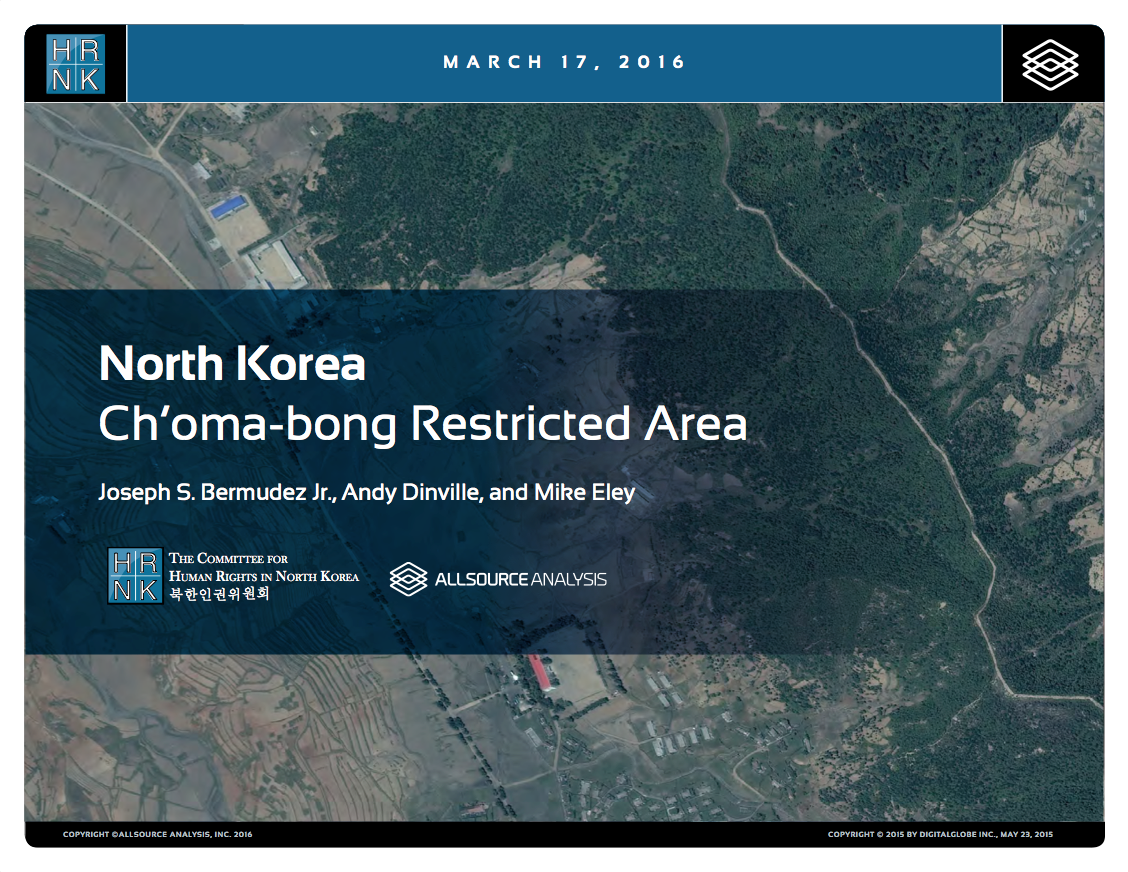
North Korea: Ch’oma-bong Restricted Area
Joseph S. Bermudez Jr., Andy Dinville, and Mike Eley
Mar 17, 2016
Despite North Korea’s adamant denial that political prison camps exist, research based on interviews and satellite imagery reveals a shocking and detailed operation of a vast system of arbitrary and extra-judicial, unlawful detention. In its findings released in February 2014, the United Nations Commission of Inquiry on Human Rights in North Korea (COI) determined that “crimes against humanity have been committed in North Korea, pursuant to policies established at the highest level of the State.” Many of these crimes against humanity take place against persons detained in political and other prison camps—persons who the Commission determined are among the “primary targets of a systematic and widespread attack” by the North Korean regime—including: murder, enslavement, torture, imprisonment, rape, forced abortions and other sexual violence, persecution on political grounds, and the enforced disappearance of persons.
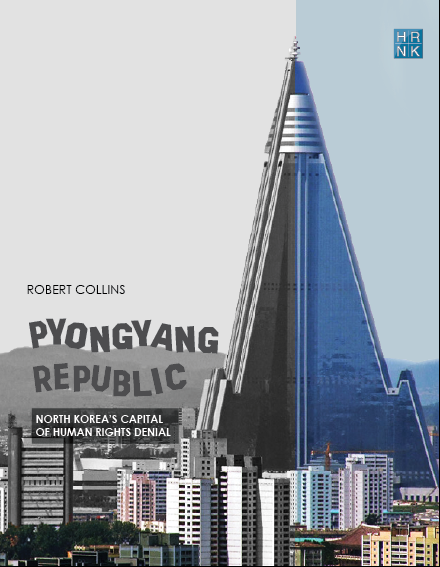
Pyongyang Republic: North Korea's Capital of Human Rights Denial
Robert Collins
Feb 09, 2016
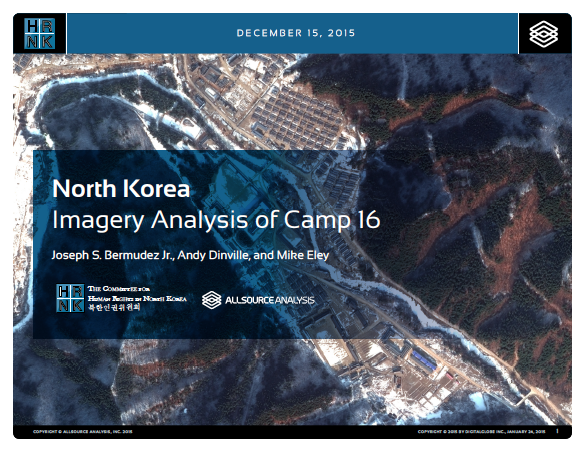
North Korea Imagery Analysis of Camp 16
Joseph S. Bermudez Jr., Andy Dinville, and Mike Eley
Dec 15, 2015
AllSource Analysis analyzed imagery of the North Korean political prison facility known as Camp 16 and its immediate environs using pan sharpened multispectral satellite imagery collected by DigitalGlobe and Airbus Defense and Space from April 2013 through January
2015. Also analyzed was a declassified KH-9 satellite image from October 1983. Imagery analysis helped determine the operational status of Camp 16 based on changes in the following features:
- Guard positions and entrances
- Housing and agricultural support
- facilities and activity
- Hydroelectric facilities
- Internal road network
- Light industrial facilities
- Mining and forestry activity
- Miscellaneous activity
- Security perimeter and associated road network.
Based on analysis of these features, Camp 16 has been and remains an operational political prison camp. As North Korea’s largest political prison camp, it is, by North Korean standards, a mature and well-maintained facility. This is a very active facility—even in the recent winter imagery—that is focused primarily on logging and agriculture, with smaller instances of mining, light industry, and hydroelectric power production. It is important to reiterate the analytical caution presented in previous reports (such as North Korea: Imagery Analysis of Camp 155 and North Korea’s Camp No. 25 Update6) produced by HRNK and AllSource. North Korean officials, especially those within the Korean People’s Army and internal security organizations, clearly understand the importance of implementing camouflage, concealment, and deception (CCD) procedures to mask their operations and intentions. It would be reasonable to assume that they have done so here.
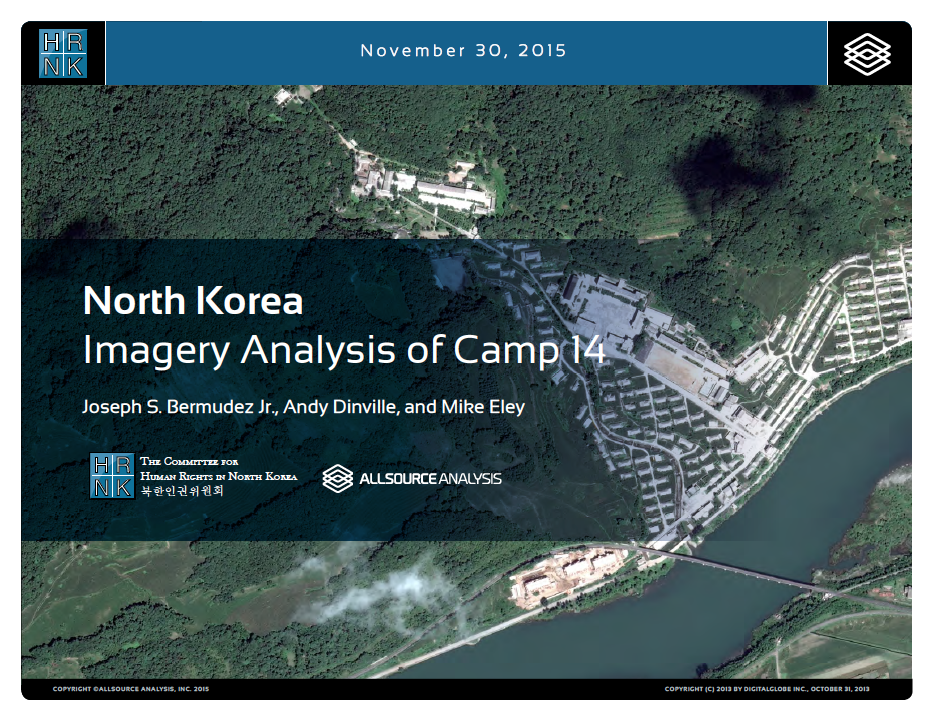
North Korea Imagery Analysis of Camp 14
Joseph S. Bermudez Jr., Andy Dinville, and Mike Eley
Nov 30, 2015
As part of a joint undertaking with HRNK to use satellite imagery to shed light on human suffering in the Democratic People’s Republic of Korea (DPRK, more commonly known as North Korea), AllSource Analysis (ASA) has been monitoring activity at political prison facilities throughout North Korea. This report details activity at the facility commonly known as Kwan-li-so No.14, Kaech’ŏn Political Prison Camp, Political Prison Facility 14 or more simply Camp 14. Prisoners detained at Camp 14 are thought to never be eligible for release. Available historic satellite imagery and escapee reports indicate that this kwan-li-so has been in existence at least as far back as 1965.
This is the first satellite imagery report by HRNK on a long-term political prison commonly identified by researchers and former detainees as Kwan-li-so No. 18 (Pukch'ang). This report was concurrently published on Tearline at https://www.tearline.mil/public_page/prison-camp-18.
To understand the challenges faced by the personnel who are involved in North Korea’s nuclear program, it is crucial to understand the recruitment, education, and training processes through the lens of human rights. This report offers a starting point toward that understanding. North Korea’s scientists and engineers are forced to work on the nuclear weapons program regardless of their own interests, preferences, or aspirations. These individuals may be described as “moder
In this submission, HRNK focuses its attention on the following issues in the DPRK: The status of the system of detention facilities, where a multitude of human rights violations are ongoing. The post-COVID human security and human rights status of North Korean women, with particular attention to sexual and gender-based violence (SGBV). The issue of Japanese abductees and South Korean prisoners of war (POWs), abductees, and unjust detainees.
This report provides an abbreviated update to our previous reports on a long-term political prison commonly identified by former prisoners and researchers as Kwan-li-so No. 25 by providing details of activity observed during 2021–2023. This report was originally published on Tearline at https://www.tearline.mil/public_page/prison-camp-25.
This report explains how the Kim regime organizes and implements its policy of human rights denial using the Propaganda and Agitation Department (PAD) to preserve and strengthen its monolithic system of control. The report also provides detailed background on the history of the PAD, as well as a human terrain map that details present and past PAD leadership.
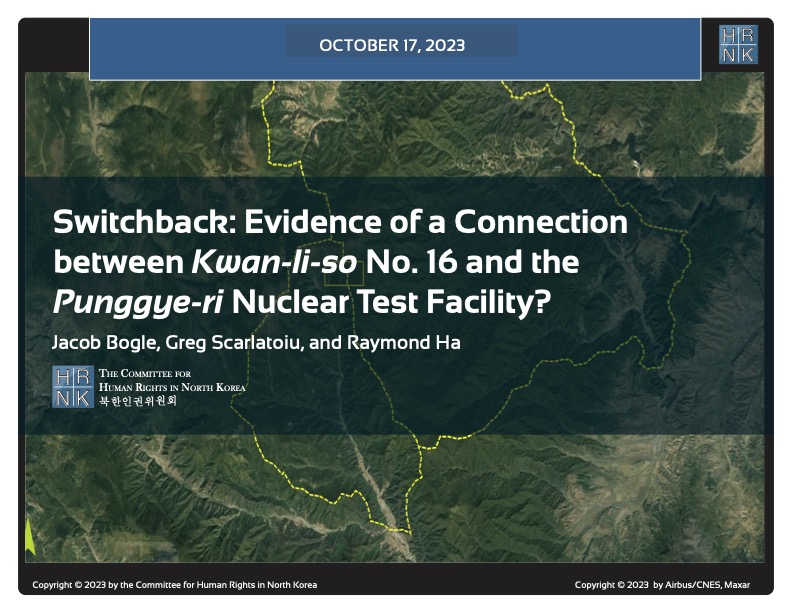
HRNK's latest satellite imagery report analyzes a 5.2 km-long switchback road, visible in commercial satellite imagery, that runs from Testing Tunnel No. 1 at North Korea's Punggye-ri nuclear test facility to the perimeter of Kwan-li-so (political prison camp) no. 16.
This report proposes a long-term, multilateral legal strategy, using existing United Nations resolutions and conventions, and U.S. statutes that are either codified or proposed in appended model legislation, to find, freeze, forfeit, and deposit the proceeds of the North Korean government's kleptocracy into international escrow. These funds would be available for limited, case-by-case disbursements to provide food and medical care for poor North Koreans, and--contingent upon Pyongyang's progress
For thirty years, U.S. North Korea policy have sacrificed human rights for the sake of addressing nuclear weapons. Both the North Korean nuclear and missile programs have thrived. Sidelining human rights to appease the North Korean regime is not the answer, but a fundamental flaw in U.S. policy. (Published by the National Institute for Public Policy)
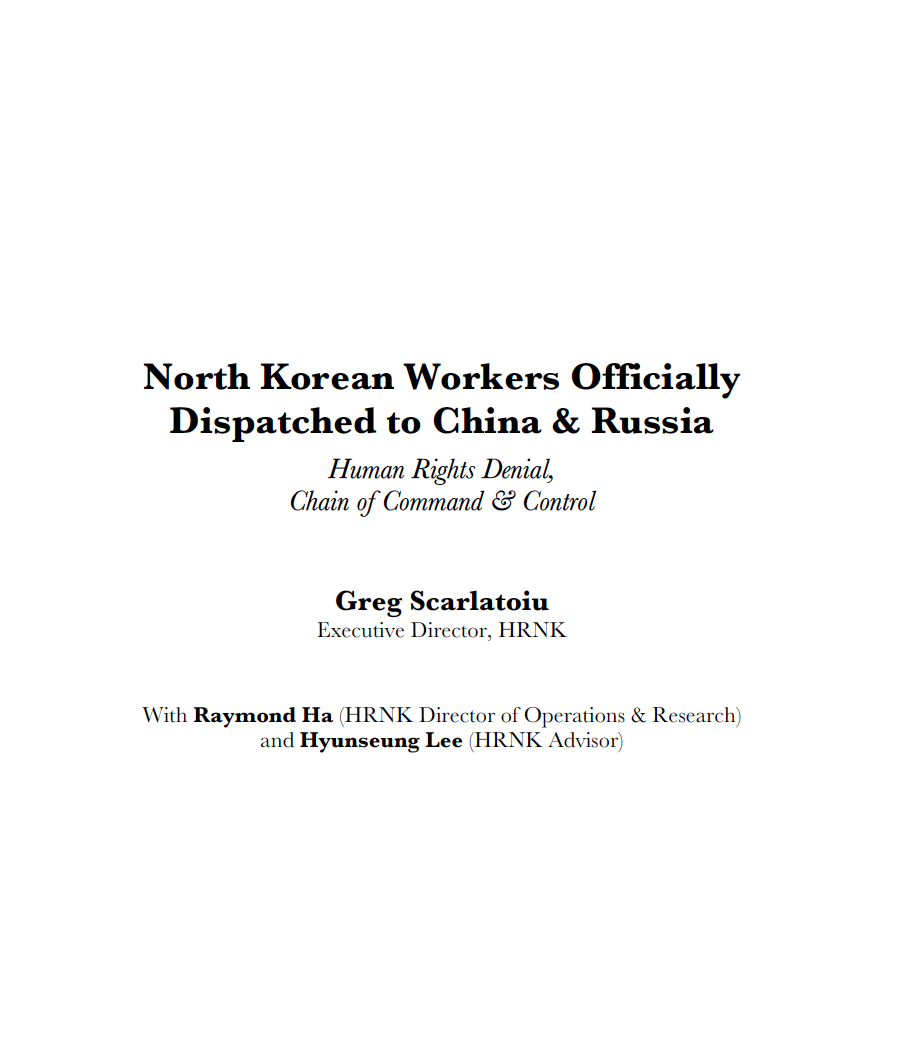
North Korea’s forced labor enterprise and its state sponsorship of human trafficking certainly continued until the onset of the COVID pandemic. HRNK has endeavored to determine if North Korean entities responsible for exporting workers to China and Russia continued their activities under COVID as well.
George Hutchinson's The Suryong, the Soldier, and Information in the KPA is the second of three building blocks of a multi-year HRNK project to examine North Korea's information environment. Hutchinson's thoroughly researched and sourced report addresses the circulation of information within the Korean People's Army (KPA). Understanding how KPA soldiers receive their information is needed to prepare information campaigns while taking into account all possible contingenc
This report is part of a comprehensive long-term project undertaken by HRNK to use satellite imagery and former prisoner interviews to shed light on human suffering in North Korea by monitoring activity at political prison facilities throughout the nation. This is the second HRNK satellite imagery report detailing activity observed during 2015 to 2021 at a prison facility commonly identified by former prisoners and researchers as “Kwan-li-so No. 14 Kaech’ŏn” (39.646810, 126.117058) and
This report is part of a comprehensive long-term project undertaken by HRNK to use satellite imagery and former prisoner interviews to shed light on human suffering in North Korea by monitoring activity at civil and political prison facilities throughout the nation. This study details activity observed during 1968–1977 and 2002–2021 at a prison facility commonly identified by former prisoners and researchers as "Kyo-hwa-so No. 3, T'osŏng-ni" and endeavors to e
This report is part of a comprehensive long-term project undertaken by HRNK to use satellite imagery and former detainee interviews to shed light on human suffering in the Democratic People’s Republic of Korea (DPRK, more commonly known as North Korea) by monitoring activity at political prison facilities throughout the nation. This report provides an abbreviated update to our previous reports on a long-term political prison commonly identified by former prisoners and researchers as Kwan-li-so
Through satellite imagery analysis and witness testimony, HRNK has identified a previously unknown potential kyo-hwa-so long-term prison-labor facility at Sŏnhwa-dong (선화동) P’ihyŏn-gun, P’yŏngan-bukto, North Korea. While this facility appears to be operational and well maintained, further imagery analysis and witness testimony collection will be necessary in order to irrefutably confirm that Sŏnhwa-dong is a kyo-hwa-so.
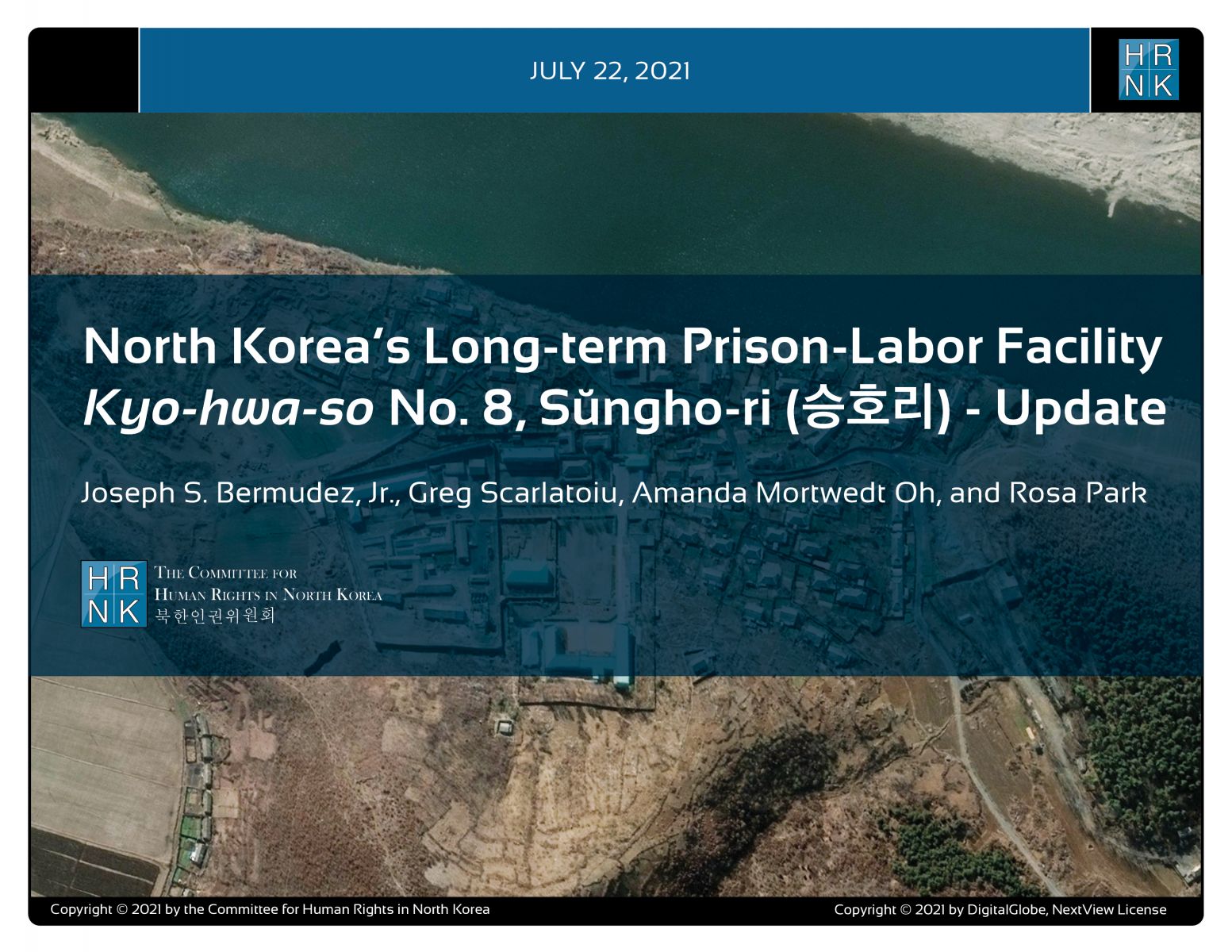
"North Korea’s Long-term Prison-Labor Facility Kyo-hwa-so No. 8, Sŭngho-ri (승호리) - Update" is the latest report under a long-term project employing satellite imagery analysis and former political prisoner testimony to shed light on human suffering in North Korea's prison camps.
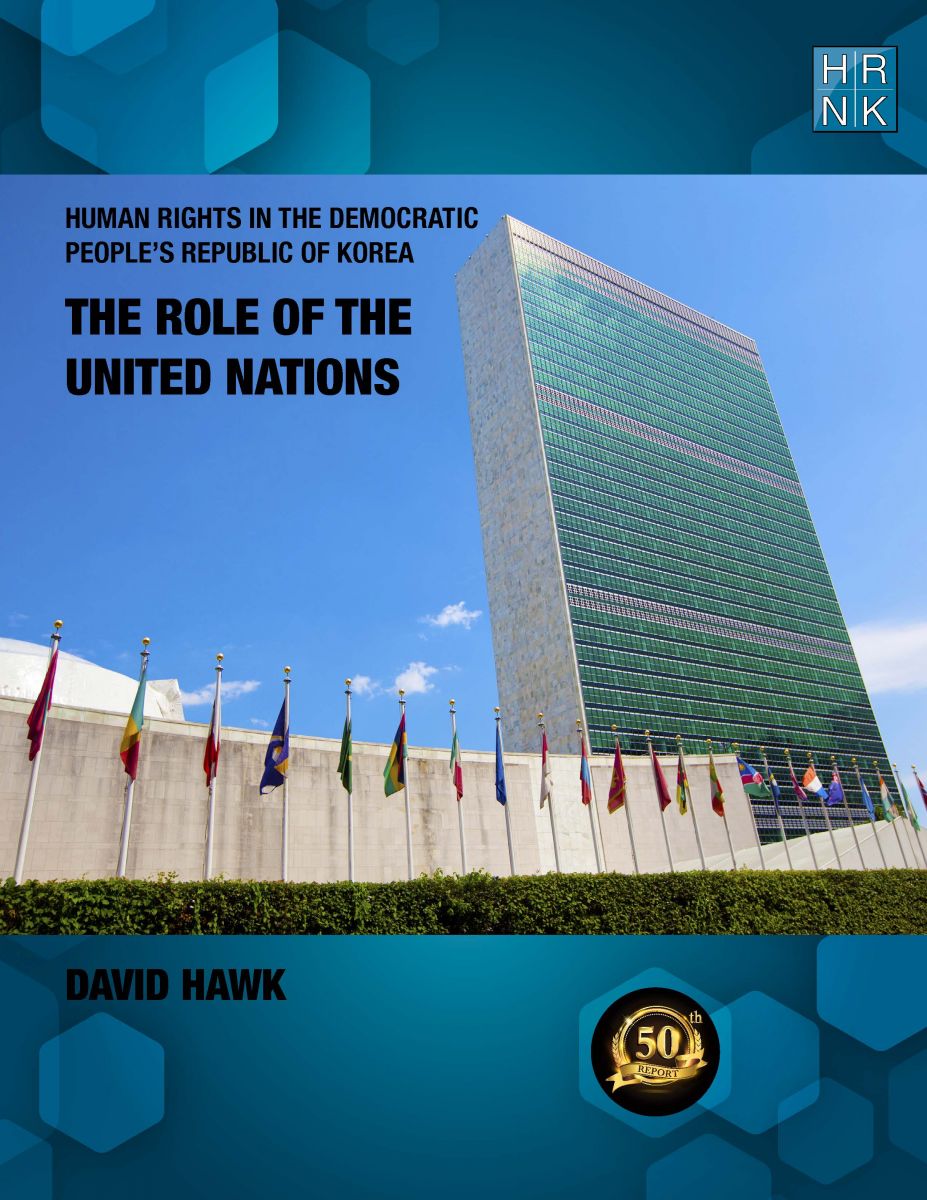
Human Rights in the Democratic Republic of Korea: The Role of the United Nations" is HRNK's 50th report in our 20-year history. This is even more meaningful as David Hawk's "Hidden Gulag" (2003) was the first report published by HRNK. In his latest report, Hawk details efforts by many UN member states and by the UN’s committees, projects and procedures to promote and protect human rights in the DPRK. The report highlights North Korea’s shifts in its approach
South Africa’s Apartheid and North Korea’s Songbun: Parallels in Crimes against Humanity by Robert Collins underlines similarities between two systematically, deliberately, and thoroughly discriminatory repressive systems. This project began with expert testimony Collins submitted as part of a joint investigation and documentation project scrutinizing human rights violations committed at North Korea’s short-term detention facilities, conducted by the Committee for Human Rights

